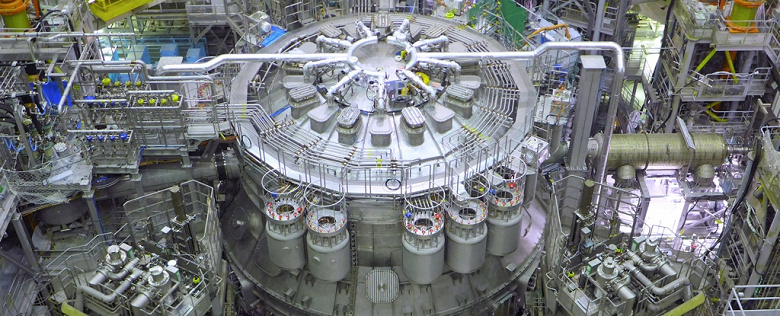Inside there is plasma heated to 200 million °C
The world’s largest experimental thermonuclear reactor has begun operation in Japan. The technology is in its infancy, but some see it as the answer to humanity’s future energy needs.
Fusion differs from fission, a method currently used in nuclear power plants, in that the process fuses two atomic nuclei instead of splitting one. The purpose of the JT-60SA reactor is to explore the possibility of nuclear fusion as a safe, large-scale and carbon-free source of clean energy that produces more energy than it costs to produce it.
The six-story structure, located in a hangar in Naka, north of Tokyo, is a tokamak vessel shaped like a torus, containing swirling plasma heated to 200 million degrees Celsius.

A milestone in the history of thermonuclear fusion
This joint project of the European Union and Japan is the predecessor of its “big brother” in France – the International Thermonuclear Experimental Reactor (ITER) under construction. The ultimate goal of both projects is to force the hydrogen nuclei inside to fuse into one heavier element, helium, releasing energy in the form of light and heat and mimicking the process that occurs inside the Sun.
Sam Davis, JT-60SA’s deputy project manager, said the device would “bring us closer to fusion power.” “This is the result of collaboration between more than 500 scientists and engineers and more than 70 companies across Europe and Japan,” Davis said.
EU Energy Commissioner Kadri Simson said the JT-60SA is “the most advanced tokamak in the world,” calling the start of operation “a milestone in the history of fusion.”
“Fusion has the potential to be a key component of the energy mix in the second half of this century,” Simson added.




